Get a custom course package
We may not have any package deals available including this course. If you enquire or give us a call on 01344203999 and speak to our training experts, we should be able to help you with your requirements.
Module 1: Introduction to Zero Trust and Best Practice Frameworks
Module 2: Design Solutions that Align with the Cloud Adoption Framework (CAF) and Well-Architected Framework (WAF)
Module 3: Design Solutions that Align with the Microsoft Cybersecurity Reference Architecture (MCRA) and Microsoft Cloud Security Benchmark (MCSB)
Module 4: Design a Resiliency Strategy for Common Cyberthreats Like Ransomware
Module 5: Case study: Design solutions that align with security best practices and priorities
Module 6: Design Solutions for Regulatory Compliance
Module 7: Design Solutions for Identity and Access Management
Module 8: Design Solutions for Securing Privileged Access
Module 9: Design Solutions for Security Operations
Module 10: Case study: Design Security Operations, Identity and Compliance Capabilities
Module 11: Design Solutions for Securing Microsoft 365
Module 12: Design solutions for Securing Applications
Module 13: Design Solutions for Securing an Organisation's Data
Module 14: Case study: Design Security Solutions for Applications and Data
Module 15: Specify Requirements for Securing SaaS, PaaS, and IaaS Services
Module 16: Design Solutions for Security Posture Management in Hybrid and Multicloud Environments
Module 17: Design Solutions for Securing Server and Client Endpoints
Module 18: Design Solutions for Network Security
Module 19: Case Study: Design Security Solutions for Infrastructure


This Microsoft Cybersecurity Architect SC100 Course is beneficial for those who want to gain an in-depth understanding of Microsoft's Cybersecurity Solutions, especially for Microsoft 365 and Azure services. This course can be beneficial for a wide range of professionals, including: including:
There are no formal prerequisites for attending this Microsoft Cybersecurity Architect SC100 Training Course. However, The SC-100 exam is an advanced, expert-level exam that covers a wide range of cybersecurity topics, so advanced experience and knowledge in identity and access, platform protection, security operations, securing data, and securing applications is recommended.
The Microsoft Cybersecurity Architect SC100 Course will equip individuals with the skills and knowledge to design and implement security solutions that protect organisations against cyber threats. Its relevance in today's digital age cannot be overstated, as cyber security remains a critical concern for businesses across the globe.
Understanding and proficiency in cybersecurity architecture are crucial for IT professionals safeguarding their organisations' digital assets. This course is particularly beneficial for Cybersecurity Architects, Security Officers, and IT Professionals looking to enhance their skill set in designing and managing secure solutions by industry best practices.
The Knowledge Academy’s intensive 4-day training offers a comprehensive introduction to the principles of cybersecurity architecture within the Microsoft ecosystem. Delegates will gain hands-on experience designing security solutions that leverage Microsoft technologies to enhance organisational security posture. The course aims to empower participants with the knowledge and skills to make informed security decisions that align with business objectives.
Course Objectives:
After completing this course, delegates will receive a Microsoft Cybersecurity Architect Certification. This certification validates the delegate's expertise in designing and implementing security solutions. This credential is a testament to the holder's ability to play a pivotal role in protecting their organisation against cyber threats, enhancing their employability and career prospects in cybersecurity.




Why choose us
Experience live, interactive learning from home with The Knowledge Academy's Online Instructor-led Microsoft Cybersecurity Architect SC100. Engage directly with expert instructors, mirroring the classroom schedule for a comprehensive learning journey. Enjoy the convenience of virtual learning without compromising on the quality of interaction.
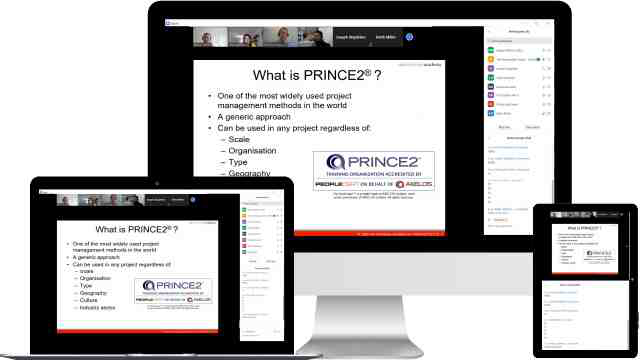
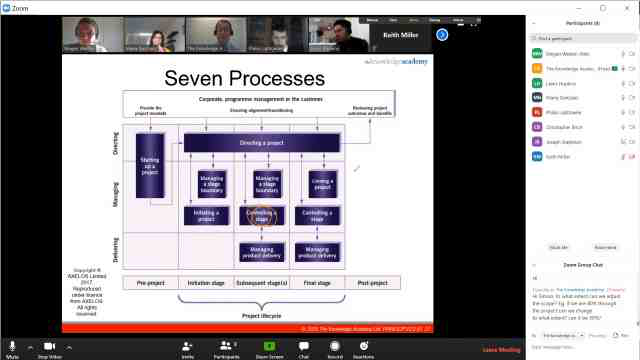
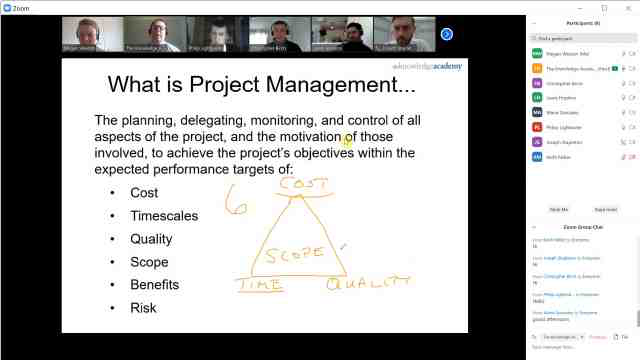
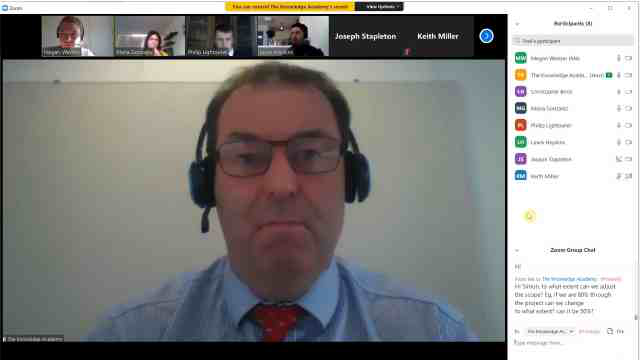
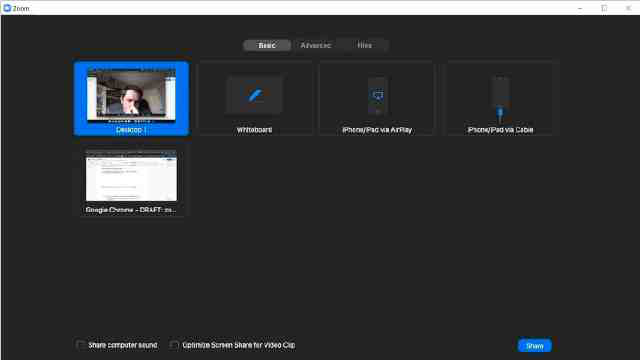
Unlock your potential with The Knowledge Academy's Microsoft Cybersecurity Architect SC100, accessible anytime, anywhere on any device. Enjoy 90 days of online course access, extendable upon request, and benefit from the support of our expert trainers. Elevate your skills at your own pace with our Online Self-paced sessions.
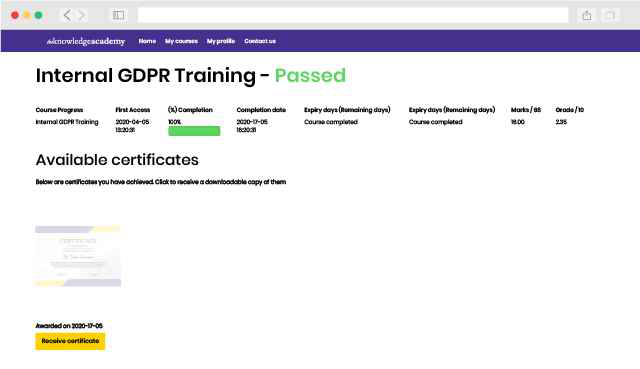
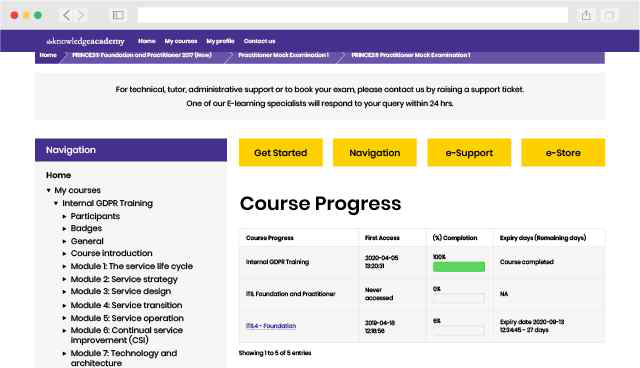
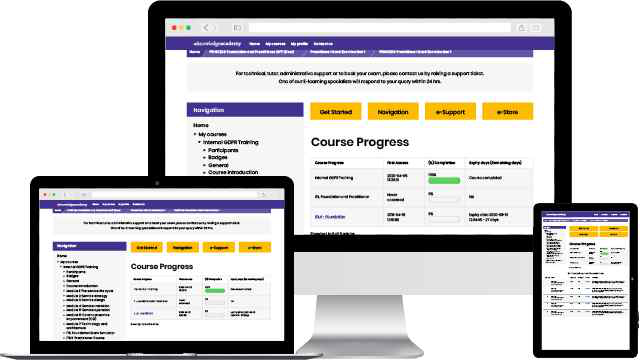
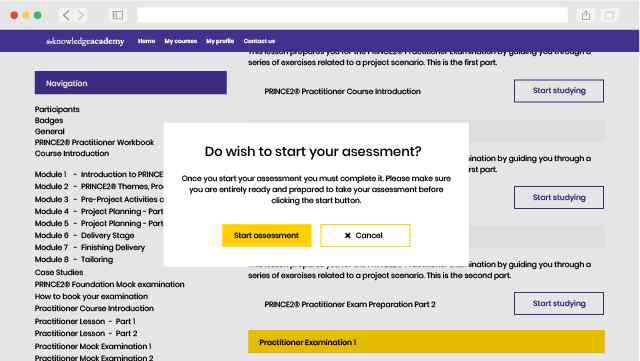
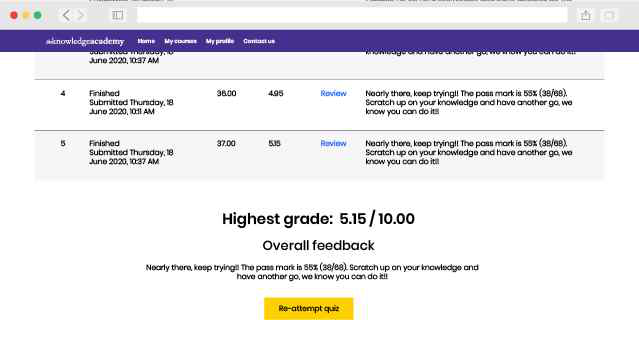
Experience the most sought-after learning style with The Knowledge Academy's Microsoft Cybersecurity Architect SC100. Available in 490+ locations across 190+ countries, our hand-picked Classroom venues offer an invaluable human touch. Immerse yourself in a comprehensive, interactive experience with our expert-led Microsoft Cybersecurity Architect SC100 sessions.

Boost your skills with our expert trainers, boasting 10+ years of real-world experience, ensuring an engaging and informative training experience

We only use the highest standard of learning facilities to make sure your experience is as comfortable and distraction-free as possible

Our Classroom courses with limited class sizes foster discussions and provide a personalised, interactive learning environment

Achieve certification without breaking the bank. Find a lower price elsewhere? We'll match it to guarantee you the best value
Streamline large-scale training requirements with The Knowledge Academy’s In-house/Onsite Microsoft Cybersecurity Architect SC100 at your business premises. Experience expert-led classroom learning from the comfort of your workplace and engage professional development.

Leverage benefits offered from a certification that fits your unique business or project needs

Cut unnecessary costs and focus your entire budget on what really matters, the training.

Our Microsoft Cybersecurity Architect SC100 offers a unique chance for your team to bond and engage in discussions, enriching the learning experience beyond traditional classroom settings

The course know-how will help you track and evaluate your employees' progression and performance with relative ease


You won't find better value in the marketplace. If you do find a lower price, we will beat it.

Flexible delivery methods are available depending on your learning style.

Resources are included for a comprehensive learning experience.




"Really good course and well organised. Trainer was great with a sense of humour - his experience allowed a free flowing course, structured to help you gain as much information & relevant experience whilst helping prepare you for the exam"
Joshua Davies, Thames Water



 London
London Birmingham
Birmingham Bristol
Bristol Milton Keynes
Milton Keynes Manchester
Manchester Reading
Reading Glasgow
Glasgow Edinburgh
Edinburgh Southampton
Southampton Virtual
Virtual Bath
Bath Liverpool
Liverpool Nottingham
Nottingham Bedford
Bedford Bolton
Bolton Newcastle
Newcastle Brighton
Brighton Bournemouth
Bournemouth Bracknell
Bracknell Cardiff
Cardiff Bromley
Bromley Cambridge
Cambridge Burton Upon Trent
Burton Upon Trent Norwich
Norwich Buxton
Buxton Sheffield
Sheffield Belfast
Belfast Dublin
Dublin Canterbury
Canterbury Aberdeen
Aberdeen Maidstone
Maidstone Carlisle
Carlisle Chatham
Chatham Chelmsford
Chelmsford Chester
Chester Chichester
Chichester Chorley
Chorley Cirencester
Cirencester Colchester
Colchester Corby
Corby Coventry
Coventry Crewe
Crewe Darlington
Darlington Derby
Derby Doncaster
Doncaster Dundee
Dundee Dunfermline
Dunfermline Exeter
Exeter Fleet
Fleet Gatwick
Gatwick Gloucester
Gloucester Guildford
Guildford Harrogate
Harrogate Heathrow
Heathrow High Wycombe
High Wycombe Hinckley
Hinckley Inverness
Inverness Ipswich
Ipswich Kingston upon Hull
Kingston upon Hull Lincoln
Lincoln Leicester
Leicester Luton
Luton Middlesbrough
Middlesbrough Northampton
Northampton Oxford
Oxford Peterborough
Peterborough Plymouth
Plymouth Poole
Poole Portsmouth
Portsmouth Preston
Preston Slough
Slough Solihull
Solihull Stoke-on-Trent
Stoke-on-Trent Sunderland
Sunderland Swansea
Swansea Swindon
Swindon Teesside
Teesside Tonbridge
Tonbridge Wakefield
Wakefield Warrington
Warrington Warwick
Warwick Watford
Watford Windsor Town
Windsor Town Wokingham
Wokingham Wolverhampton
Wolverhampton Worcester
Worcester Wrexham
Wrexham York
York
 Back to course information
Back to course information
We may not have any package deals available including this course. If you enquire or give us a call on 01344203999 and speak to our training experts, we should be able to help you with your requirements.
 If you miss out, enquire to get yourself on the waiting list for the next day!
If you miss out, enquire to get yourself on the waiting list for the next day!

close


Press esc to close

close
Fill out your contact details below and our training experts will be in touch.



Back to Course Information